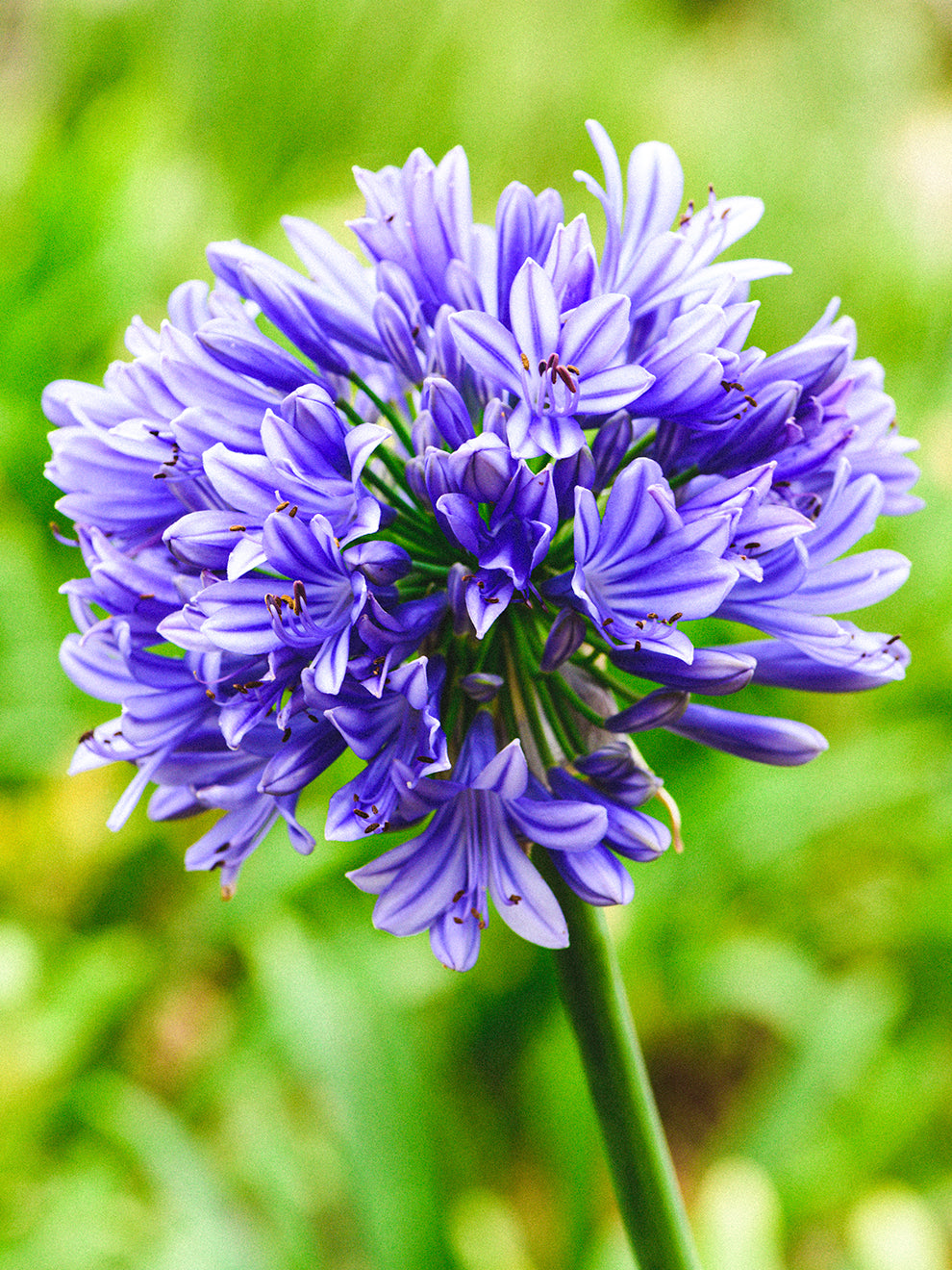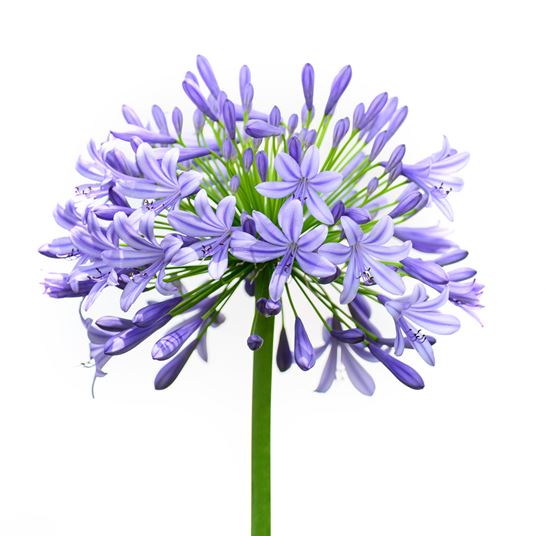Seasonal Agapanthus Care: Preparing for Winter and Summer
Seasonal Agapanthus Care: Preparing for Winter and Summer
Blog Article
Mastering the Art of Agapanthus Care: Important Steps for Healthy And Balanced Growth and Vivid Blooms
In the realm of horticulture, the cultivation of agapanthus stands as a satisfying endeavor for those that look for to nurture these sophisticated blooming plants. From picking the best variety to understanding trimming strategies, the journey towards growing prospering agapanthus plants is diverse and holds the key to opening the complete capacity of these organic treasures.

Choosing the Right Agapanthus Variety

When picking the best Agapanthus variety for your yard, think about factors such as climate suitability, flower shade, and growth behavior. Agapanthus, generally referred to as Lily of the Nile or African lily, can be found in a selection of shades varying from tones of blue and purple to white. Pick a bloom color that matches your existing yard combination to produce an unified landscape. Additionally, think about the climate in your region to guarantee the Agapanthus selection you choose can flourish in your details conditions. Some ranges are extra forgiving of cool temperature levels, while others choose warmer climates. Understanding the growth routine of various Agapanthus ranges is essential for proper placement within your yard. Some ranges have a clumping development behavior, ideal for containers or boundaries, while others have an even more dispersing nature, appropriate for ground cover or mass growings. By very carefully reviewing these factors, you can select the ideal Agapanthus range to boost the beauty of your garden.
Perfect Planting Problems
Thinking about the ideal ecological requirements is essential for effective Agapanthus growing. Agapanthus plants are sensitive to cool temperature levels and should be safeguarded from frost throughout winter season months.
To make sure healthy and balanced development and lively blooms, plant Agapanthus light bulbs at a deepness of regarding 2-4 inches and area them 8-12 inches apart. Mulching around the base of the plants assists keep wetness and suppresses weed development.
Watering and Feeding Tips
Preserving appropriate moisture levels and offering vital nutrients are key aspects in the care routine for Agapanthus plants. When it comes to watering Agapanthus, it is important to strike an equilibrium. These plants favor regularly wet soil but are susceptible to root rot if overwatered.
Feeding Agapanthus is essential for promoting healthy and balanced growth and prolific flowers. Use a well balanced fertilizer, such as a 10-10-10 formula, in the very early spring as new growth arises. Repeat this application every 6-8 weeks throughout the expanding season. Stay clear of too much fertilizing, as it can result in rich vegetation at the cost of flowers. Always follow the supplier's directions for proper dilution and application approaches. By adhering to these watering and feeding tips, you can ensure your Agapanthus plants grow and produce vibrant, long-lasting blooms.
Trimming Strategies for Agapanthus
Trimming Agapanthus plants at the proper times and with appropriate techniques is critical for maintaining their wellness and promoting optimal development and flowering. The perfect time to prune Agapanthus is in late winter months or early springtime prior to new development arises.
For flowered stems, wait up until the blossoms her comment is here have withered and afterwards cut them back to the base. This not just tidies up the plant's appearance but also urges the advancement of new flower buds. Deadheading spent blossoms can likewise reroute the plant's energy right into generating even more flowers instead of setting seeds. Nonetheless, if you intend to accumulate seeds for proliferation, leave some flowers to mature and completely dry on the plant.
Keep in mind to utilize clean, sharp tools to make specific cuts and decrease the danger of introducing diseases. Agapanthus. Routine pruning will certainly aid keep your Agapanthus looking healthy and cool while making sure a bountiful screen of stunning blossoms
Managing Common Bugs and Conditions
After guaranteeing correct trimming strategies for Agapanthus, it is essential to attend to typical parasites and diseases that can affect the health and wellness and vigor of these plants. One usual insect that affects Agapanthus is the Agapanthus gall midge.
In addition, Agapanthus plants can suffer from origin rot if they are grown in inadequately draining pipes dirt. By being alert and taking timely action against bugs and conditions, you can aid your Agapanthus plants thrive and create vibrant blooms. Agapanthus.

Conclusion
In verdict, mastering the art of agapanthus care involves choosing the right selection, supplying excellent planting problems, appropriate watering and feeding, proper trimming methods, and attending to usual bugs and illness. By following these essential steps, you can ensure healthy and balanced development and vibrant blossoms for your agapanthus plants. Keep in mind to consistently keep track of and maintain your plants read this post here to advertise their overall health and longevity.
To make certain healthy and balanced growth and vibrant flowers, plant Agapanthus bulbs at a deepness of concerning 2-4 inches and room them 8-12 inches apart. By complying with these watering and feeding suggestions, you can guarantee your Agapanthus plants grow and create vivid, resilient flowers.
One typical pest that impacts Agapanthus is the Agapanthus gall midge. Additionally, Agapanthus plants can endure from origin rot if they are planted in inadequately draining pipes dirt. By adhering to these vital steps, you can guarantee healthy and balanced development and go to my blog dynamic flowers for your agapanthus plants.
Report this page